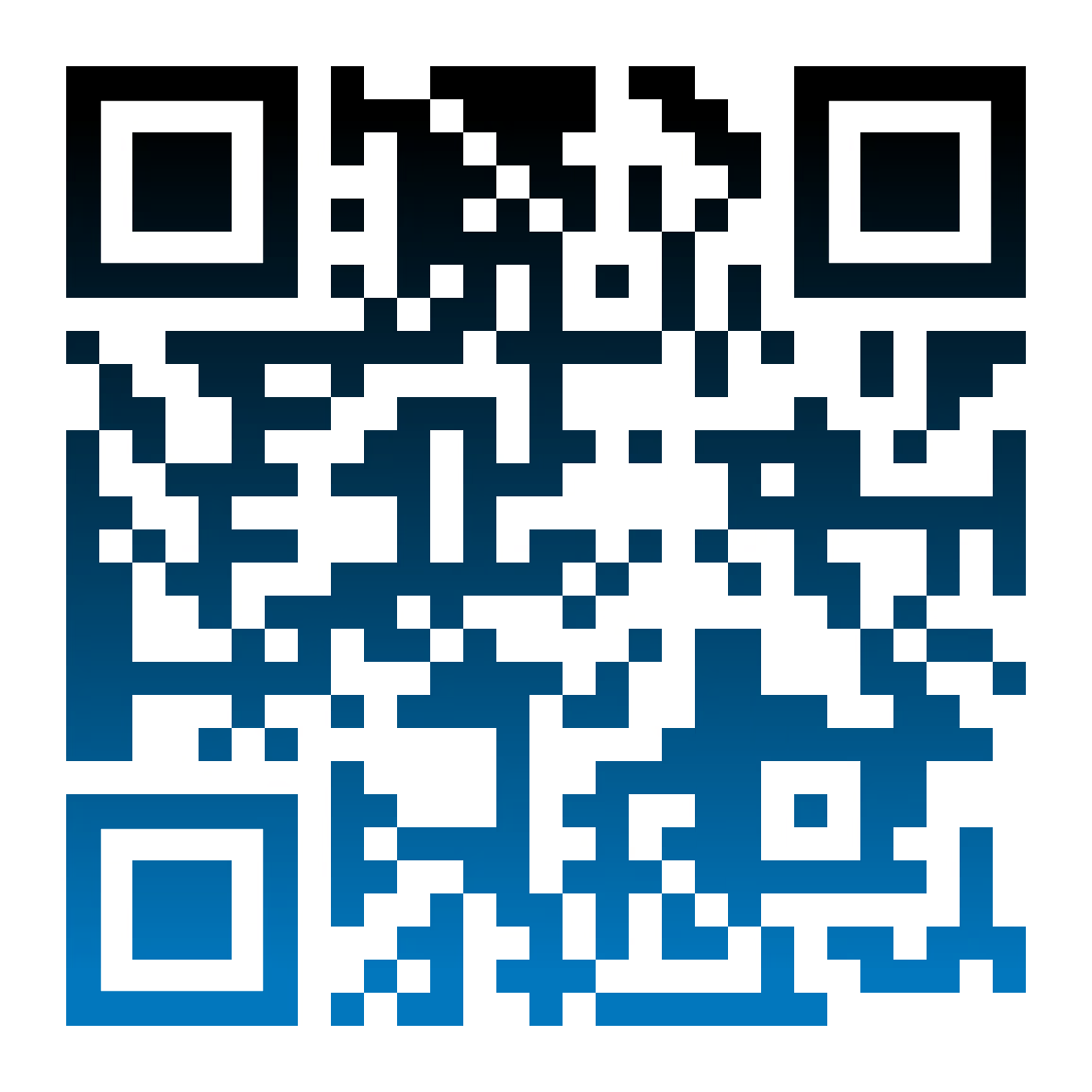Table of contents
What Does LGBT Stand For?
The acronym LGBT is one of the most widely recognized symbols of diversity, inclusion, and human rights in modern times. It serves as a powerful representation of the various identities and orientations within the spectrum of human sexuality and gender. But what does LGBT actually stand for, and what does it encompass? This article dives deep into the history, meaning, and cultural significance of this acronym and its associated movements.
The Basics: Breaking Down LGBT
At its core, LGBT stands for:
- L: Lesbian
- G: Gay
- B: Bisexual
- T: Transgender
These four letters represent distinct groups within the larger community, each with unique experiences, challenges, and identities. Let’s explore each term in detail:
Lesbian
A lesbian is a woman who is romantically and/or sexually attracted to other women. Historically, lesbians have faced significant discrimination, but they have also been at the forefront of feminist and LGBTQ+ movements, advocating for visibility and equal rights.
Gay
Gay typically refers to a man who is romantically and/or sexually attracted to other men. However, the term is also used as an umbrella term for homosexual individuals of any gender. The gay rights movement, particularly in the late 20th century, has played a pivotal role in advancing LGBTQ+ acceptance globally.
Bisexual
Bisexual individuals are attracted to more than one gender. This orientation challenges binary notions of attraction and emphasizes fluidity in human connections. Despite being a significant part of the LGBTQ+ community, bisexual people often face unique forms of erasure and prejudice, both from outside and within the community.
Transgender
Transgender refers to individuals whose gender identity does not align with the sex they were assigned at birth. This term encompasses a wide range of identities, including non-binary, genderqueer, and others. Transgender people have historically faced systemic discrimination but have made remarkable strides in gaining visibility and rights.
Expanding the Acronym: LGBTQIA+
Over time, the LGBT acronym has expanded to include a broader range of identities, often written as LGBTQIA+ or similar variations. Here’s what the additional letters signify:
- Q: Queer or Questioning
- I: Intersex
- A: Asexual or Ally
- +: Represents other identities and orientations that are not explicitly included in the acronym.
Queer
"Queer" is a reclaimed term that serves as an umbrella for individuals who reject traditional labels of sexual orientation and gender identity. It’s a term of empowerment and resistance.
Questioning
This refers to individuals who are exploring or unsure of their sexual orientation or gender identity.
Intersex
Intersex people are born with physical sex characteristics that do not fit typical definitions of male or female. This can include variations in chromosomes, hormones, or anatomy.
Asexual
Asexual individuals experience little to no sexual attraction to others. This orientation highlights the diversity of human relationships and challenges assumptions about sexuality.
Ally
Allies are non-LGBTQ+ individuals who support and advocate for the rights and inclusion of the LGBTQ+ community.
The Historical Context of LGBT
The journey of LGBTQ+ rights and visibility is deeply rooted in history. Understanding this context is essential to appreciating the significance of the acronym today.
Early Recognition of Same-Sex Relationships
Historical records from ancient Greece, Rome, India, and other cultures reveal that same-sex relationships and diverse gender expressions have existed for millennia. While attitudes varied, many societies celebrated or normalized these expressions.
The Rise of the Modern LGBTQ+ Movement
The mid-20th century marked a turning point for LGBTQ+ activism:
- Stonewall Riots (1969): Often regarded as the birth of the modern gay rights movement, these protests against police brutality in New York City galvanized activists worldwide.
- AIDS Crisis (1980s): This devastating epidemic highlighted the resilience of the LGBTQ+ community and the importance of healthcare advocacy.
- Legal Milestones: From the decriminalization of homosexuality in various countries to the legalization of same-sex marriage, significant strides have been made.
Challenges Faced by the LGBTQ+ Community
Despite progress, members of the LGBTQ+ community continue to face numerous challenges:
- Discrimination: From workplace bias to housing inequality, systemic discrimination persists globally.
- Mental Health: Higher rates of anxiety, depression, and suicide are reported within LGBTQ+ populations due to stigma and rejection.
- Violence: Hate crimes targeting LGBTQ+ individuals remain a serious issue in many parts of the world.
- Legal Inequalities: In several countries, LGBTQ+ individuals still face criminalization, lack of legal recognition, and restricted rights.
The Importance of Allyship
Allies play a crucial role in creating a more inclusive world. Here’s how you can support the LGBTQ+ community:
- Educate Yourself: Learn about LGBTQ+ history, terminology, and issues.
- Speak Up: Challenge homophobia, transphobia, and stereotypes.
- Support Policies: Advocate for inclusive legislation and workplace practices.
- Listen and Amplify: Center LGBTQ+ voices and experiences.
Celebrating Diversity
The LGBT acronym is more than just a set of letters; it represents a tapestry of identities and experiences. It’s a reminder of the importance of visibility, acceptance, and equality. By embracing diversity, we move closer to a world where everyone can live authentically and without fear.
Conclusion
Understanding what LGBT stands for is the first step in appreciating the complexities and richness of the LGBTQ+ community. As society continues to evolve, so does our understanding of identity and love. By supporting and celebrating this diversity, we contribute to a more inclusive and compassionate world.



